When I started using RightStart Math, I would play many of the games suggested, but my family had our favorites. We would play the same games – or variations of them – over and over, quite content to not explore the unknown games in the Math Card Games kit.
However, when my daughter came along and I ventured into the Second Edition with her, I realized that there were a multitude of fabulous games that we had not even tried! One of those games is S2, Ten As The Minuend, found in the Math Card Games manual. It was so much fun that my daughter played this games for weeks on end! I hope you and your family will enjoy this game as much as we did.
The purpose of this game is to help your child learn their subtraction facts with ten as the minuend. What in the world is a minuend, you ask? Before we start, let me define the elements of a subtraction equation. For the equation 10 – 3 = 7, ten is the minuend, three is the subtrahend, and seven is the difference.
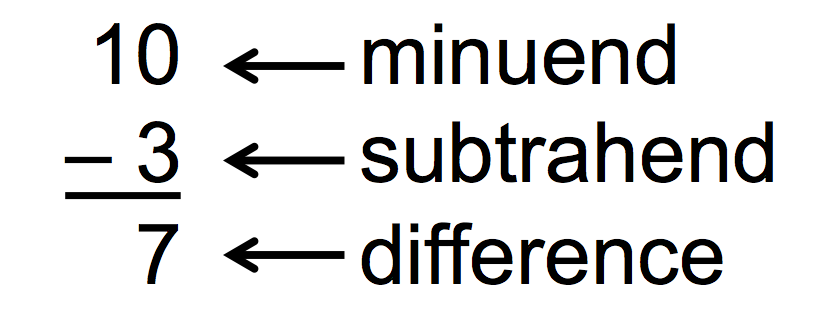
This game can be played with two or three players. You will use the Basic Number Card deck, but only use seven 0s.
To set up your game board, you will need to find five 10s and turn them face up. Shuffle the cards and create a stock pile. Take five cards from the pile and place one on each of the 10 cards.
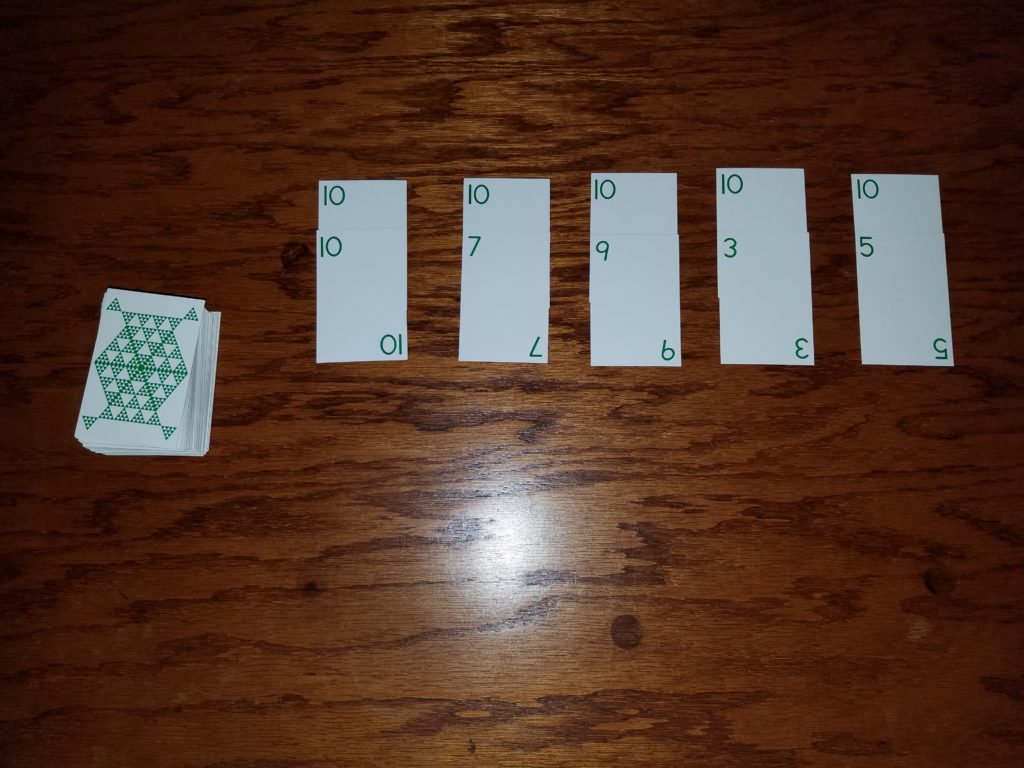
Each player takes four cards from the stock pile.
The first player checks her hand to see if she has any of the differences needed to solve the equations created from the game board. If she finds a card, then she can place the difference card underneath the correct equation.
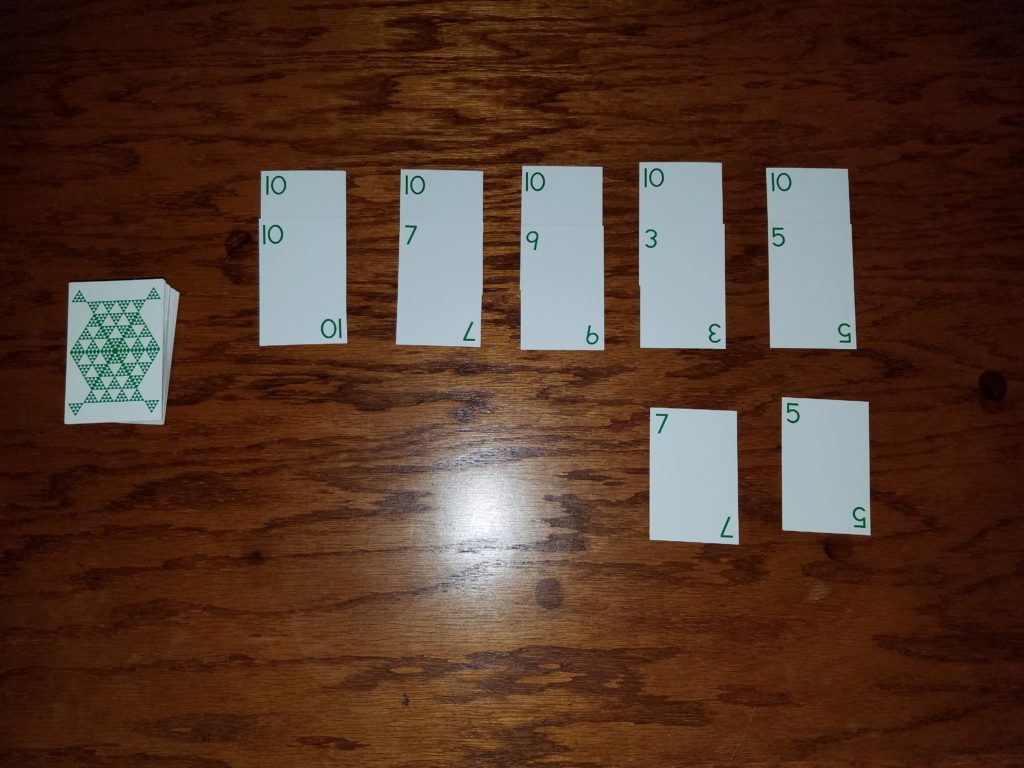
When she has placed all the remainder cards she can, then she says the equations out loud, “Ten minus five equals five. Ten minus three equals seven.”
Why have the child state the equation out loud, you ask? This is a very important step to remembering the facts! The more senses you use when learning, the more likely you are to remember it. Your child is already seeing the cards (visual). If your child is using the AL Abacus to help calculate the answer, there is also visual and kinesthetic learning happening. By saying the equation out loud, it includes auditory learning. It is extremely helpful to the learning process when the child hears her own voice saying the equation.
Once the player has said the equation(s) out loud, she collects both the subtrahend (the card laid on top of the ten) and the difference (the card she just played out of her hand) and puts them in her pile. Be sure the ten remains on the game board.

Then the player fills in the missing subtrahends from the stock and the next player takes his turn.
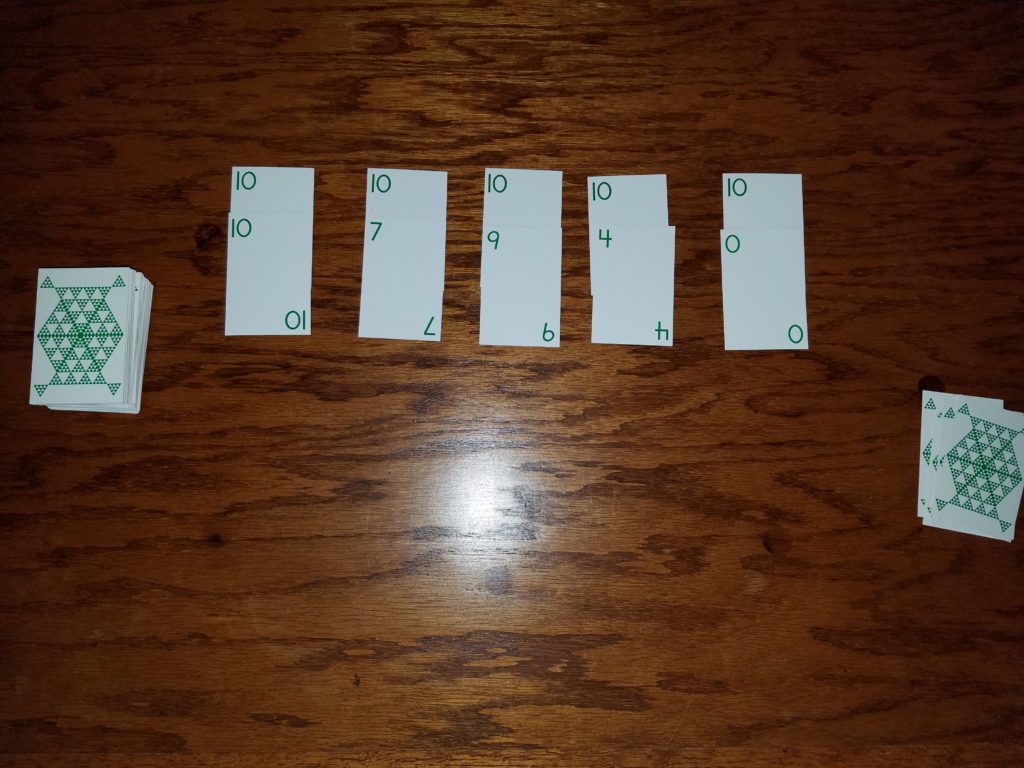
If that player does not have a card to play, he can take any or all of his cards, shuffle them back into the stock deck, and draw enough cards to give him four cards.
The game is over when the stock pile is gone and all the cards have been played. The winner can be determined by comparing the piles to see who has more cards.
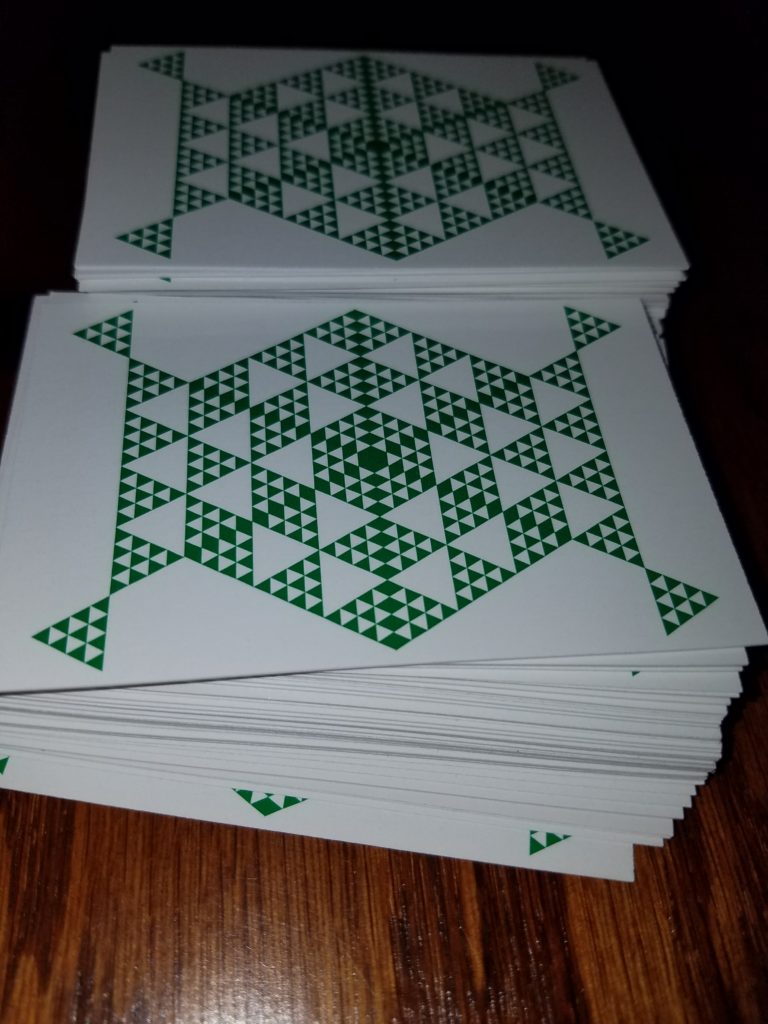
Once your child has mastered this game, you may want to venture into similar games, such as S3, Nine As The Minuend, S4, Eight or Eighteen As The Minuend, or S5, Other Constant Minuends. I’m sure you can get the concept of these new games just from the titles!
Since I have a household of ADHD children, I add a physical element to the game. A favorite is having the children jump one time for each syllable in the spoken equation, which would look something like this:
ten min – us three e – quals se – ven
jump jump jump jump jump jump jump jump
I hope you and your children enjoy playing this card game! If you have enjoyed learning about this game, you may be interested in checking out the other math card games shared on our blog page.
If you have a favorite game that you enjoy playing or if you would like to request a specific game to be included in this blog series, please comment below. We would love to hear from you!
